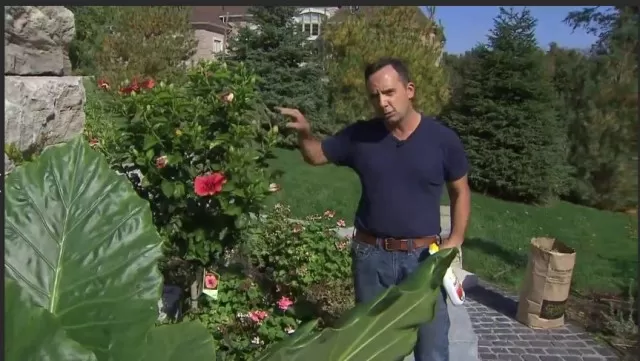10 Steps to Improve Your Garden for Next Year (Part 1). As the chill of colder weather settles in, it’s a common inclination to put the garden on hold until spring blooms anew. However, before you bid farewell to your gardening tools for the winter, consider a few essential tasks that can set the stage for a vibrant and healthy garden next spring.
Firstly, take time to clean up your garden beds. Remove any dead or decaying plants, as they can harbor pests and diseases over the winter. Trim back perennials and shrubs to encourage healthy regrowth come spring.
Next, amend your soil. Adding organic matter like compost or well-rotted manure can enrich the soil and improve its structure, preparing it to nourish your plants effectively.
Don’t forget to protect your garden from the harsh winter elements. Apply a layer of mulch to insulate the soil and shield plant roots from freezing temperatures. Cover delicate plants with frost cloth or burlap to prevent frost damage.
Lastly, Plan Ahead. Use this time to research and select new plants, bulbs, or seeds you want to introduce in the upcoming season. Consider crop rotation if you have a vegetable garden to prevent soil depletion.
By taking these proactive steps, you’re not just pausing your gardening efforts; you’re preparing the canvas for a beautiful and bountiful garden in the coming spring. It’s a way to nurture your passion for gardening year-round and ensure a successful and rewarding growing season ahead.
Prepare Your Vegetable Garden for Winter: Post-Growing Season Cleanup

As the growing season comes to a close, it’s essential to perform a thorough cleanup in your vegetable garden.
Removing all decaying plants is crucial, as they can become breeding grounds for pests and diseases that you certainly don’t want in your garden next year. While composting is an excellent practice, exercise caution with tomatoes and peppers.
To prevent unwanted slugs, bugs, and potential diseases from infiltrating your soil through fresh compost, it’s wise to avoid composting these specific plants. By taking these measures, you’ll ensure a healthier and more productive garden in the seasons to come.
Revitalize Your Soil for Next Year\’s Garden Success
To set the stage for a thriving garden next year, it’s crucial to take proactive steps to amend your soil during the fall.
Start by conducting a soil test, which can be easily done with an affordable kit available at most big box hardware stores. This test will help you determine if any pH adjustments are needed before your next planting season.
Additionally, incorporate compost into your soil now, allowing it ample time to decompose and integrate with the soil during the winter months.
This step is essential to replenish nutrients that were depleted during the previous growing season. By taking the time to restore and nourish your soil now, you’ll provide your future plants with a strong foundation for a healthy and productive spring.
Boost Your Perennials\’ Vitality: Fall Division and Transplantation

Make the most of the cool and wet autumn weather by undertaking the division and transplantation of your perennials.
Depending on your climate, you can continue this process until late October, allowing these plants sufficient time to establish their roots before the onset of the first frost.
Here’s a helpful tip to keep in mind: When dividing your perennials, aim to cut as few roots as possible.
This approach will ensure the plants’ resilience and strength as they prepare for the upcoming spring. By taking advantage of the fall season for division and transplantation, you’re giving your perennials the best chance to flourish and bloom beautifully in the seasons to come.
Renew Your Lawn: Fall Seeding for a Lush Green Spring
As summer transitions to fall, it’s an excellent time to inspect your lawn for any damaged or sparse areas that have emerged during the warmer months.
To ensure a healthy and vibrant lawn next spring, take the opportunity to patch these gaps with fresh grass seed.
By seeding your lawn in the fall, you provide the new grass with ample time to establish itself before the onset of winter dormancy.
This proactive step not only helps fill in bare spots but also promotes a lush and green lawn when the warmer weather returns. So, don’t wait—seed your lawn in the fall to enjoy a rejuvenated and beautiful landscape in the coming spring.
Sow the Promise of Spring: Fall Planting for a Colorful Garden

To chase away the winter blues with the vibrant colors of spring, consider planting bulbs such as daffodils, tulips, and hyacinths in the fall before the ground freezes.
This strategic planting allows you to look forward to the delightful sight of these early bloomers peeking through the soil in April, heralding the arrival of a new season.
Not only will your garden be adorned with captivating flowers, but you can also enjoy the additional benefit of cutting and bringing these blooms indoors to brighten your home.
So, seize the opportunity to plant spring bulbs in the fall, and you’ll be rewarded with a spectacular burst of color and fragrance come springtime.
*The information is for reference only.